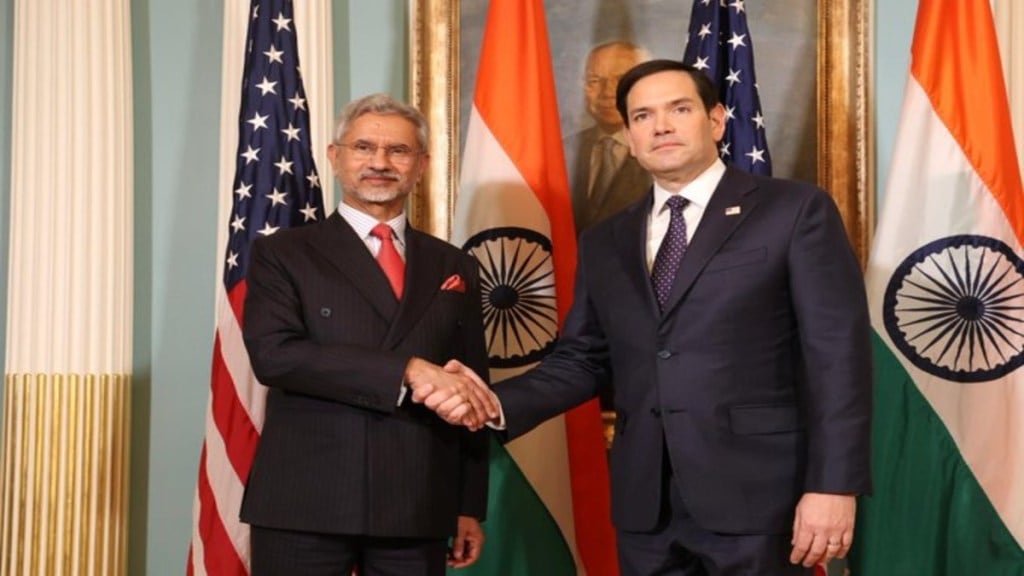In the first bilateral meeting, US Secretary of State Marco Rubio and Indian External Affairs Minister S Jaishankar reaffirmed their commitment to deepening the partnership between the United States and India. The discussions centered on critical sectors poised for further cooperation: defense, emerging technologies, energy, economic ties, and maintaining a free and open Indo-Pacific. These areas are expected to drive the relationship forward under Trump 2.0, highlighting mutual interests in tackling global challenges and enhancing regional stability.
The meeting, which followed a Quad foreign ministers’ session in Washington, D.C., also demonstrated both countries’ resolve to counter growing regional threats, particularly from China. In a statement, US State Department spokesperson Tammy Bruce highlighted the shared commitment between the US and India to strengthen their collaboration across multiple sectors, focusing on advancing critical technologies, defense cooperation, and energy partnerships.
Key Sectors of US-India Cooperation
Emerging Technologies: The US and India are working together to foster innovation in areas like 5G, artificial intelligence, cybersecurity, and critical infrastructure. The iCET initiative—focused on critical and emerging technologies—is central to this collaboration, reflecting both countries’ desire to stay competitive in the face of growing global technological challenges.
Defense: The two nations are set to expand defense cooperation, with a shared goal of enhancing security in the Indo-Pacific region. Discussions are expected to cover joint defense projects, military exercises, and strategic partnerships aimed at countering regional threats.
Energy: US-India energy cooperation is a significant focus, with both countries exploring opportunities in natural gas, nuclear energy, and renewable energy sources. The Biden administration’s removal of restrictions on Indian nuclear entities and discussions about small modular reactors signal the potential for further collaboration in the energy sector.
Economic Ties: Secretary Rubio highlighted the importance of strengthening US-India economic relations, with a particular focus on addressing trade imbalances and fostering investment opportunities. The two countries are likely to engage in discussions on trade agreements, tariffs, and market access.
Free and Open Indo-Pacific: Both nations are dedicated to maintaining a free and open Indo-Pacific region, where democratic values and regional security are upheld. The Quad’s influence in this area, combined with the U.S.-India bilateral framework, aims to counter China’s growing influence in the region.
Addressing Shared Challenges: Economic and Migration Issues
In addition to strategic cooperation, the meeting addressed challenges such as irregular migration and economic imbalances. Secretary Rubio expressed the U.S. government’s desire to work with India to address concerns around illegal immigration and potential trade agreements. While these topics remain sensitive, both sides signalled an interest in constructive, mutually beneficial dialogue.
A Stronger Partnership on the Horizon
With a shared vision for a free Indo-Pacific and a commitment to strategic cooperation, US-India relations are positioned for continued growth. From defense collaborations to economic ties and energy initiatives, the bilateral partnership is expected to evolve, addressing both present challenges and future opportunities. As both countries continue to navigate the complexities of global geopolitics, their cooperation in these key sectors will remain critical to shaping regional stability and global prosperity.
